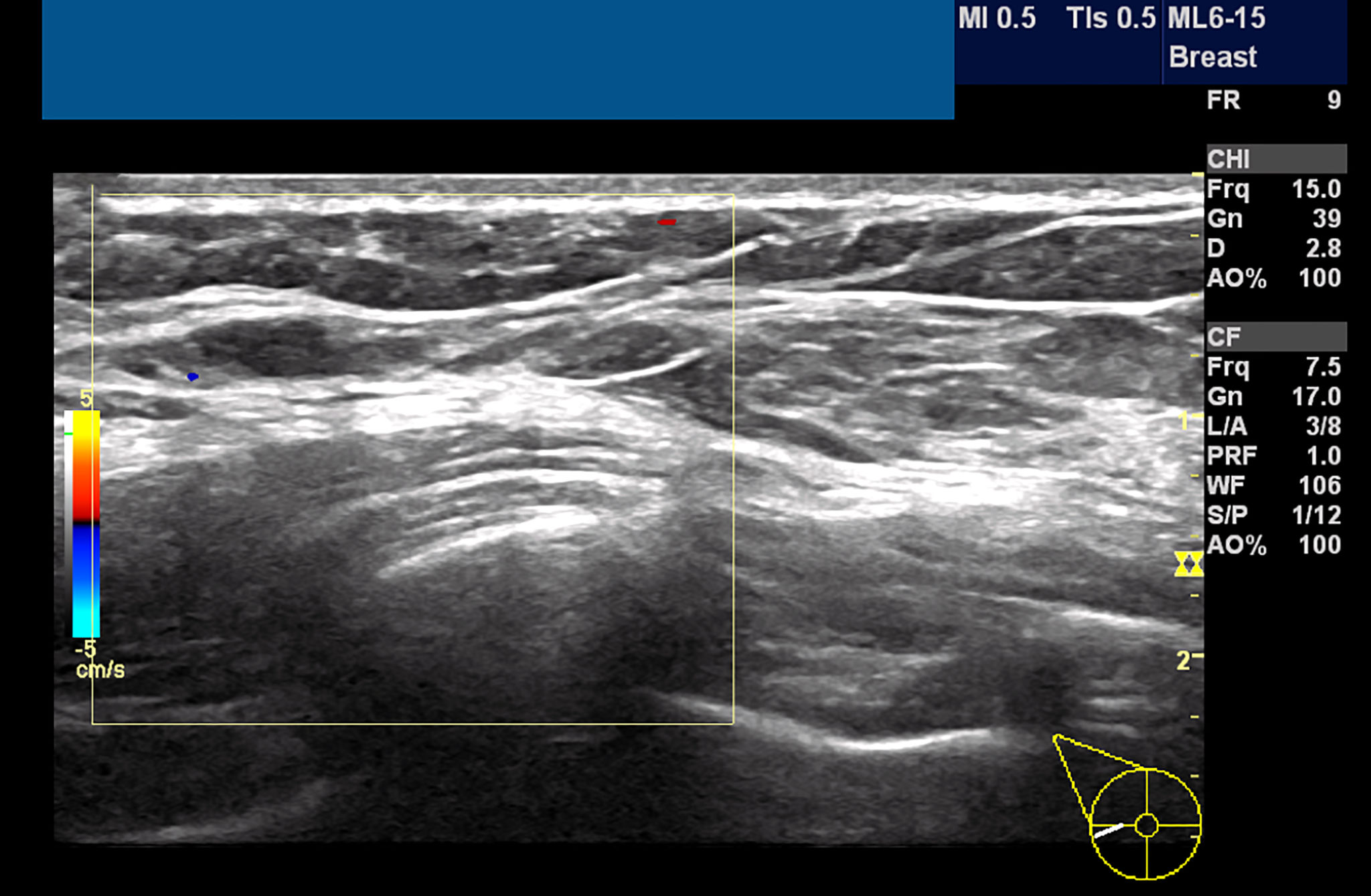Innovations in Ultraviolet Inspection Equipment: What’s Next?
Understanding Ultraviolet Inspection Equipment
Ultraviolet (UV) inspection equipment has become an essential tool in various industries, from non-destructive testing to forensic analysis. This technology utilizes UV light to identify and analyze defects or materials that are otherwise invisible to the naked eye. As industries continue to evolve, so does the demand for more efficient and effective UV inspection tools.
Recent developments in UV technology have significantly enhanced the capabilities of inspection equipment. These innovations aim to improve accuracy, durability, and user-friendliness, allowing for more comprehensive inspections in challenging environments.

Advancements in UV Light Sources
One of the most notable innovations in UV inspection equipment is the advancement of UV light sources. Traditional mercury vapor lamps are being replaced by more efficient and environmentally friendly LED sources. These LEDs offer longer lifespans, reduced power consumption, and improved intensity control. This shift not only enhances the performance of the inspection equipment but also aligns with global sustainability goals.
LED technology allows for more precise wavelength tuning, enabling inspectors to target specific areas of interest with greater accuracy. This precision is crucial for applications such as detecting micro-cracks or identifying counterfeit materials.

Integration of Advanced Imaging Systems
The integration of advanced imaging systems is revolutionizing the way UV inspections are conducted. High-resolution cameras and sensors are now commonly used in conjunction with UV light sources to capture detailed images of inspected areas. These imaging systems provide inspectors with real-time data and insights, allowing them to make informed decisions quickly.
Moreover, the use of digital imaging and software analytics enables the storage and analysis of vast amounts of data. This capability is particularly beneficial in industries where meticulous record-keeping and trend analysis are essential for quality assurance.

Portable and Ergonomic Designs
The demand for portability and ease of use has led to significant design improvements in UV inspection equipment. Modern devices are more compact and lightweight, making them easier to transport and handle in various inspection scenarios. Ergonomically designed equipment reduces user fatigue, promoting longer inspection periods without compromising accuracy.
In addition to portability, many devices now feature intuitive interfaces and user-friendly controls. These enhancements ensure that operators can quickly learn how to use the equipment effectively, minimizing downtime and maximizing productivity.
Incorporating Artificial Intelligence
Artificial Intelligence (AI) is increasingly being incorporated into UV inspection systems to automate and enhance the inspection process. AI algorithms can analyze images and data faster than human operators, identifying defects or inconsistencies with remarkable precision. This capability allows for faster decision-making and reduces the likelihood of human error.
The integration of AI also facilitates predictive maintenance by analyzing patterns and trends over time. This proactive approach helps in anticipating potential issues before they become significant problems, ultimately saving time and resources.

The Future of Ultraviolet Inspection Equipment
As technology continues to advance, the future of ultraviolet inspection equipment looks promising. We can expect further improvements in light source efficiency, imaging capabilities, and AI integration. Additionally, there may be advancements in remote inspection technologies, allowing for inspections to be conducted from a distance, enhancing safety and accessibility.
Overall, these innovations will contribute to more effective inspections across various industries, ensuring higher safety standards and improved product quality. As companies continue to invest in research and development, we can look forward to even more groundbreaking advancements in UV inspection technology.